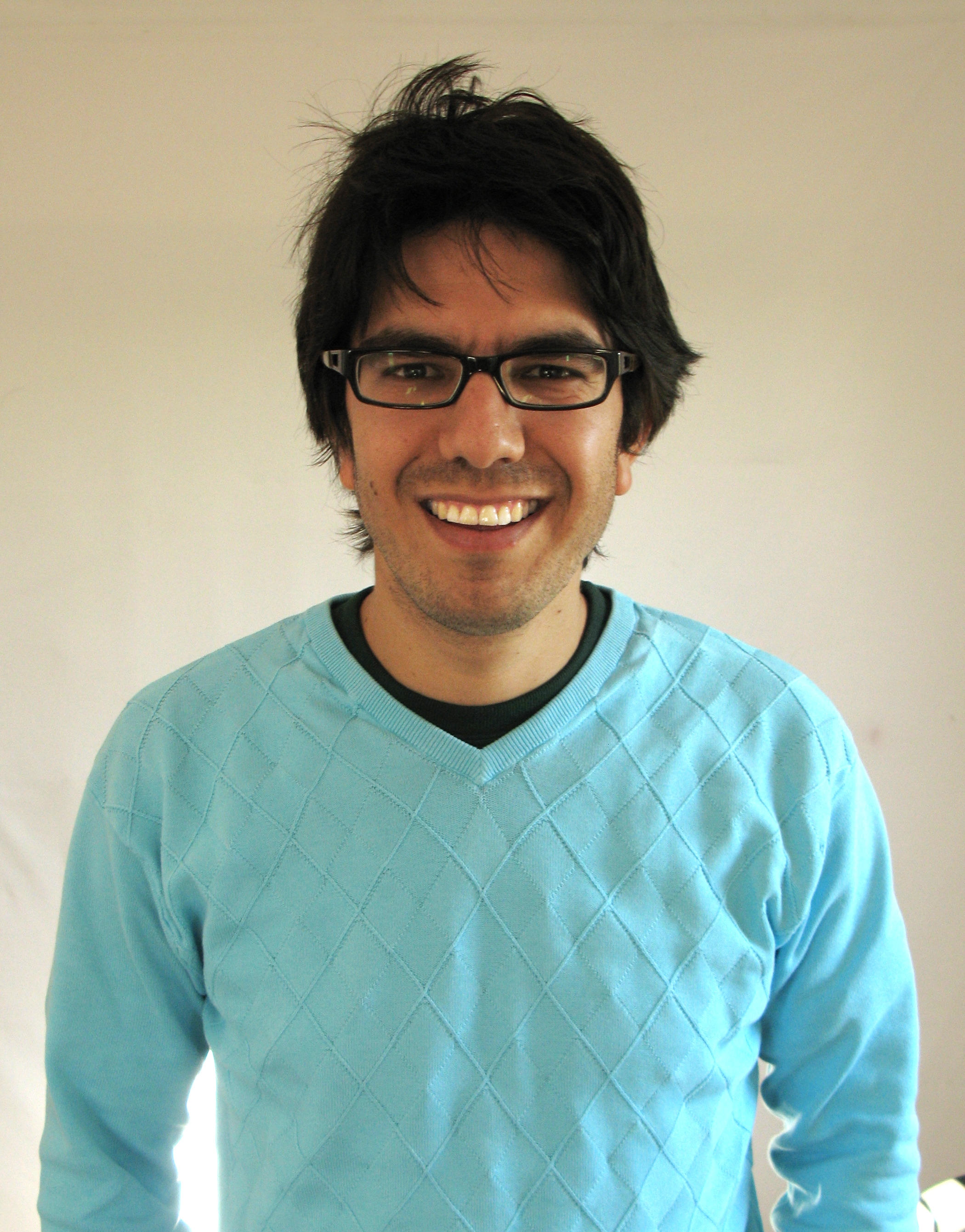Educational haves and have-nots
In 2006, a PhD thesis by University of Cape Town researcher Ursula Hoadley caught Achmat’s attention. It compared two middle-class schools with two located in “townships”—poor, mostly black, urban areas. The thesis described the socioeconomic inequality between the two sets of schools and how that affected student achievement. [16] The government had touted education as the road to equality in post-apartheid South Africa yet, after more than a decade, the gulf between rich and poor had widened. [17] Informally maintained separate and unequal educational systems survived, one for the prosperous and another for everyone else. On December 14, 2006, Achmat founded the Applied Education Research Organisation (AERO) to study inequality in education.

Doron Isaacs
One of those paying attention was law student Doron Isaacs . TAC had made a strong impression on Isaacs, who had become active in student politics and social justice issues. TAC "taught people how to become citizens and how to struggle as they had in the past, but to do so within a constitutional framework, where the aim was no longer to overthrow the state, but to implement the bill of rights. How to struggle when the rule of law isn’t necessarily the enemy, but a tool," he says. [18]
Isaacs had written a dissertation on the history of the US legal fight for integrated, equal education, including the 1954 Supreme Court decision Brown vs Board of Education that outlawed segregated schools. He felt South Africa could learn from the US experience. More than 12 years after the ANC came to power, little had changed in the education system, and the country had seen no significant education court cases. "In 1994 it was common to hear—and I remember hearing—it’ll take a generation, because then everyone will be educated and will be equal,” he recalls. “By 2007, it was very obvious that that was not happening and, in fact, education was really [perpetuating] inequality."
Through 2007, Achmat and Isaacs talked with increasing frequency about whether it might be possible to address education inequality using an approach similar to TAC’s. Isaacs recruited law school classmate Yoliswa Dwane and the three began researching the problem. "That set us on a path to trying to understand how education at that time was playing a role of cementing inequality, and what would be needed to turn that around," says Isaacs. Achmat, Isaacs and Dwane, along with Wits University Dean of the Faculty of EducationMary Metcalfe and other education academics, decided to try it for themselves.
Equal Education. The group formed Equal Education and, on February 1, 2008, set out to understand and correct inequality in South African education through research, education and activism. Isaacs and Dwane were the first full-time employees, They noted with approval that, on December 31, 2007, President Mbeki had signed the South Africa Education Laws Amendment Act. One of the amendments was Section 5A, which empowered the minister of basic education to prescribe Minimum Norms and Standards for School Infrastructure.
Isaacs and Dwanesoon hired Joey Hasson, an experienced youth organiser, Nokubonga Yawa, a TAC activist, and Lumkile Zani, who at the time was working as a cook. Thanks at least in part to Achmat’s reputation and connections, Equal Educationwas able to attract an impressive board of directors, including Metcalfe, and Crain Soudien, acting deputy vice chancellor at the University of Cape Town and former head of the university’s School of Education. “We were lucky from day one to have a number of the best people on our board, education academics and veteran activists who would feed us material all the time and be available to us," notes Isaacs.
For the first five months, the staff conducted research and reviewed academic literature. “We would spend every morning sitting in high school classrooms in townships just observing, taking notes, getting to know students, and every afternoon we’d meet for a seminar,” says Isaacs. Two of the first students they met, Lwando Mzandisi and Ntuthuzo Ndzomo, began coming to meetings and soon recruited other friends. On April 24, 2008, the growing group began to meet weekly. [19] “That was basically how the organization got going,” says Isaacs.
But to grow, it needed a cause. EE had decided, based on the TAC example, that direct action was the most effective way to bring about change. It would try to enlist its members, the students most directly affected by inadequate education policy, in protesting current conditions. The first target was easy: broken windows.
[16] Ursula Hoadley, Social class, pedagogy and the specialization of voice in four South African primary schools. Unpublished PhD thesis. Cape Town: University of Cape Town, U.K. 2005.
[17] Human Development Report 2006, United Nations Development Programme, http://hdr.undp.org/en/reports/global/hdr2006/
[18] Author's interview with Doron Isaacs in Baltimore, Maryland, on December 11, 2013. All other quotes from Isaacs, unless otherwise attributed, are from this interview.
[19] Equal Education 2008 Annual Report. See: http://www.equaleducation.org.za/content/2013/08/14/Equal-Education-Annual-Report-2008.pdf